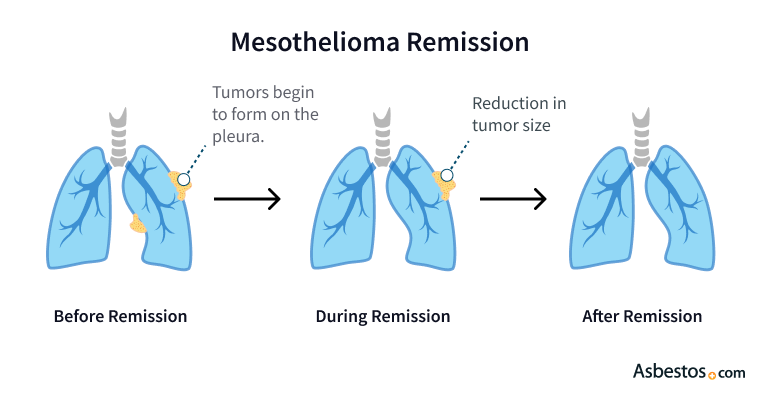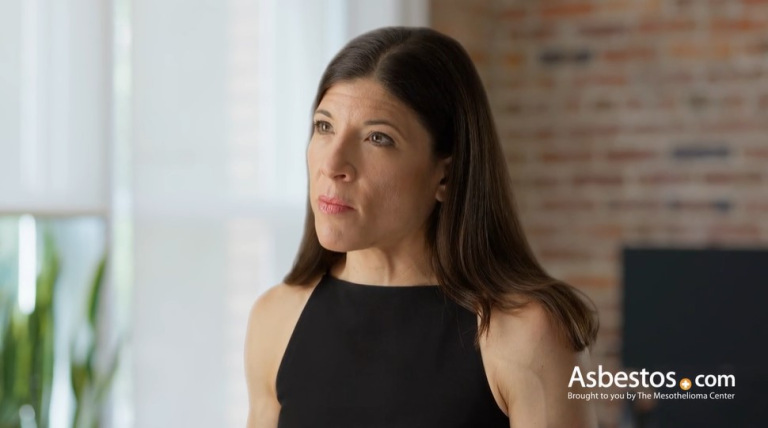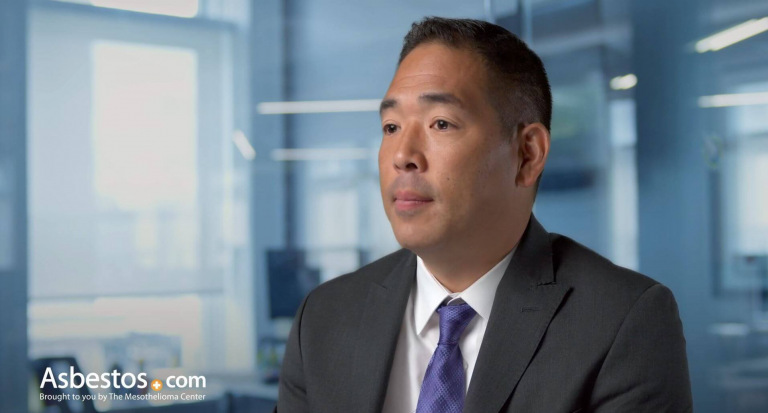Mesothelioma Remission and Recurrence
Mesothelioma remission means tumors and symptoms have decreased for at least one month. Mesothelioma recurrence is defined as a return of cancer after treatment and remission, and it is common for this type of cancer. Anti-cancer therapies help control recurrences.
What Is Mesothelioma Remission?
Mesothelioma remission means the cancer tumors have decreased in size by at least half or more. It marks a significant, positive turn in your overall health. It may mean you can reduce or temporarily stop treatment. Some patients may be able to go on some form of maintenance therapy.
Remission can bring considerable emotional and physical relief after aggressive treatments. It can also inspire real hope for patients and their families.
The two types of remission include partial and complete remission. Doctors usually measure partial remission as at least a 50% reduction in tumor size. Complete remission indicates all signs of measurable cancer have disappeared. It’s rare with mesothelioma and not fully understood, but it is possible.
While mesothelioma can go into remission, recurrence often follows. Second-line treatments can help control recurrence.

Mesothelioma survivors can live for several years in partial remission despite tumor activity. It’s something doctors must watch and can treat as a chronic but manageable condition.
Anecdotal evidence shows few survivors have lived 10-15 years or more without recurrence. This result usually stems from an early diagnosis and an aggressive treatment approach.
Treatment’s Role in Mesothelioma Remission
Surgery is the treatment most likely to lead to prolonged remission and improve the mesothelioma survival rate. The EPP and P/D are among the mesothelioma surgeries most likely to result in remission.
Some patients have noted partial or complete remission with other anti-cancer treatments, including systemic chemotherapy, immunotherapy, targeted therapy, and Tumor-Treating Fields.
Patients also say dietary changes, nutritional supplements and oxygen therapy helped their remission.
It is possible to recover from aggressive treatment for mesothelioma and enter remission. Some survivors have remained in remission and extended their life expectancy with mesothelioma by three to 10 years or more. About 10% of all people diagnosed with mesothelioma live longer than five years.

Extrapleural Pneumonectomy (EPP) Surgery
EPP is an extensive procedure intended to remove all visible tumors from the body. It extracts the affected lung and everything else at risk, such as the lung and heart linings. The procedure also extracts the diaphragm, which doctors later rebuild with prosthetic material.
Chemotherapy and radiation help kill the remaining cancer cells. Despite those efforts, recurrence generally happens at some point.
A 2020 Japanese study published in Oncology Letters reported most recurrences after an EPP develop three months after the procedure, compared to 20 months for another, less radical mesothelioma surgery known as pleurectomy and decortication.
Pleurectomy/Decortication (P/D)
Pleurectomy and decortication remove the lining around the lung, chest wall, heart and diaphragm. Doctors reconstruct the lining around the heart and diaphragm using mesh.
Sometimes, we get stuck in the concept of having to cure cancer and don’t always understand that we can be good at controlling it. It’s much more likely to be able to control [mesothelioma], than being able to kill every last [cancer] cell. If you can do that, you can live a long time with it.
The procedure is more tolerable than an EPP because the lung remains. But it is still an extensive surgery.
A 2020 Japanese study published in The Annals of Thoracic Surgery covering five years of data showed 63.3% of patients undergoing pleurectomy and decortication developed a recurrence an average of 19 months after surgery.
What Is Mesothelioma Recurrence?
Mesothelioma recurrence is a return of cancer after treatment. It also happens after an extended period of remission. Recurrence differs from cancer progression, which occurs when tumors grow or spread.
Despite remission, mesothelioma recurs for all patients who undergo treatment. Recurrence happens because removing or killing every cancer cell is impossible. The remaining cancer cells eventually form tumors again.
The proximity of tumors to vital organs makes it difficult to remove every cancer cell. Doctors try to delay recurrence and keep cancer cells under control for as long as possible.
How Does Mesothelioma Recurrence Occur?
Mesothelioma recurs when cancer cells survive after surgery or chemotherapy. The cancer then grows again over time. When it returns, doctors define it in three ways.
- Local Recurrence
Tumors return to the same spot or close to where they were first found. This type of recurrence may be the easiest to control if tumors are small and removable with surgery.
- Regional Recurrence
Tumors grow in tissues or lymph nodes near the original cancer location. If the tumors are small and limited in number, this type of recurrence may also respond well to surgery. Chemotherapy, immunotherapy, radiation therapy and targeted therapies control regional recurrences.
- Distant Recurrence
Metastatic cancer has spread to tissues far from the location of the original cancer. Mesothelioma rarely spreads to distant parts of the body. Local and regional recurrence is more common. Distant recurrences may respond well to all therapies used to control regional recurrences, except for surgery.
Surgery combined with chemotherapy and radiation can delay recurrence longer than other treatments. Immunotherapy and chemotherapy are the next most effective therapies to prolong recurrence.
Clinical Trials for Recurrent Mesothelioma
Researchers in clinical trials are testing new treatments for patients with recurrent mesothelioma, including new chemo and immunotherapy drugs.
Other trials research experimental therapies such as gene therapy and photodynamic therapy.
Mesothelioma Survivors in Remission
Cindy Christopher received her peritoneal mesothelioma diagnosis in 2006. She underwent extensive cytoreductive surgery and heated intraperitoneal chemotherapy (HIPEC) that same year.
“I was fortunate to find the right doctor and the right place to be. I asked questions. I did my homework,” Christopher said. “In a way, I was a guinea pig in a new protocol, and it worked. Not all cancer institutes are doing the same thing. I chose the best possible surgeon, and I told him definitively, I will be your best patient.”
Doctors diagnosed Trina Reif with peritoneal mesothelioma in 2001. Reif said recovery was challenging, but she’s proud of how far she’s come.
“I said if I could make my 20-year mark, I’d be so thrilled,” Reif said. “Every birthday is a blessing. Every year the good Lord gives me, I’m going to take.”
Recommended Reading






